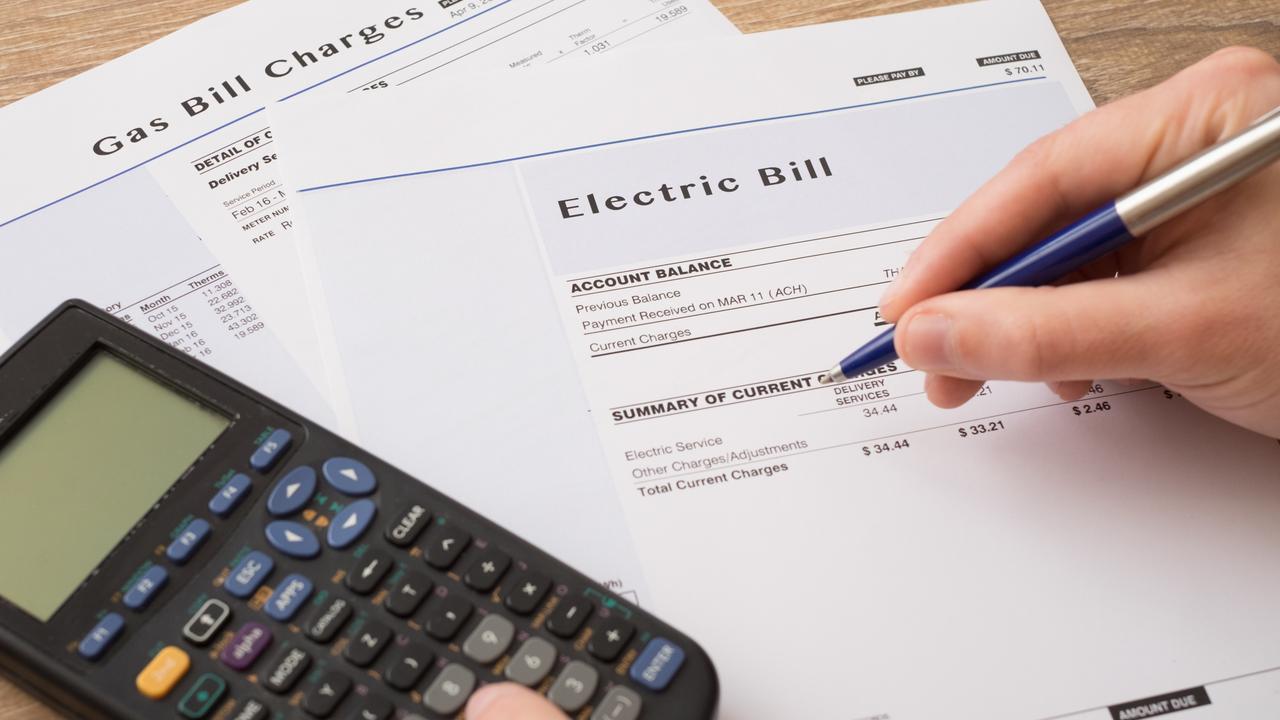El Nino to add to pressure driving up QLD power bills
With the coming El Nino season expected to add upwards pressure to power bills, the energy regulator has warned of more frequent “high-price events”.
QLD Politics
Don't miss out on the headlines from QLD Politics. Followed categories will be added to My News.
The coming El Nino season will add to the pressure driving up power bills, as the energy regulator warns that vulnerabilities in the system are creating a risk of more frequent “high-price events” this summer.
A mild winter and more coal-fired power generators in Queensland coming back online, as well as increased solar capacity, helped ease wholesale power prices in the past three months.
Wholesale electricity prices were half of what they were at the same time last year, following the unprecedented energy crisis, which saw retail prices jump more than 20 per cent in Queensland.

But the Australian Energy Regulator warned that even with a mild winter, there was evidence of vulnerability in the energy market caused by short-term changes in conditions.
“As the market approaches an El Nino summer, this vulnerability presents a risk of more frequent high-price events over the coming months,” the AER quarterly report warned.
While individual spikes in wholesale prices do not drive retail prices, extended periods of high prices – driven by demand from hot weather or power generators coming offline – do contribute to them.
The report found coal, hydro and large-scale solar generators contributed the most to lower wholesale prices in the September quarter, as well as less demand from consumers.
In Queensland, this was driven by Tarong North and Millmerran coal-fired power stations coming back online.
The Federal Government’s cap on coal prices was also a factor.
Wholesale coal power prices were lower than during 2022’s energy crisis, caused by coal generator outages, fuel supply issues, high international fuel prices and high demand, but still higher than previous winters.

The cost of running ageing coal generators increasing over time is leading to the longer-term trend of increased coal generation costs, which will add to retail price pressures over time.
AER board member Jarrod Ball said he was pleased that wholesale prices had eased in the past quarter.
“Not only did we see energy prices and demand fall during the July to September period, but we also saw a number of quarterly records set for rooftop solar output, electricity demand and gas storage levels,” he said.
He said two wind farms, two solar farms and two batteries started power generation during the quarter, adding 800MW of capacity once fully commissioned.
But he said more would be needed to keep pace with the planned coal plant retirements over the next decade.






